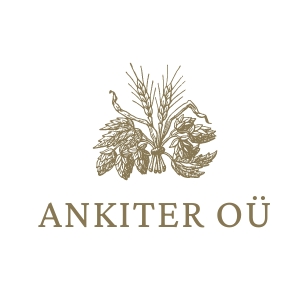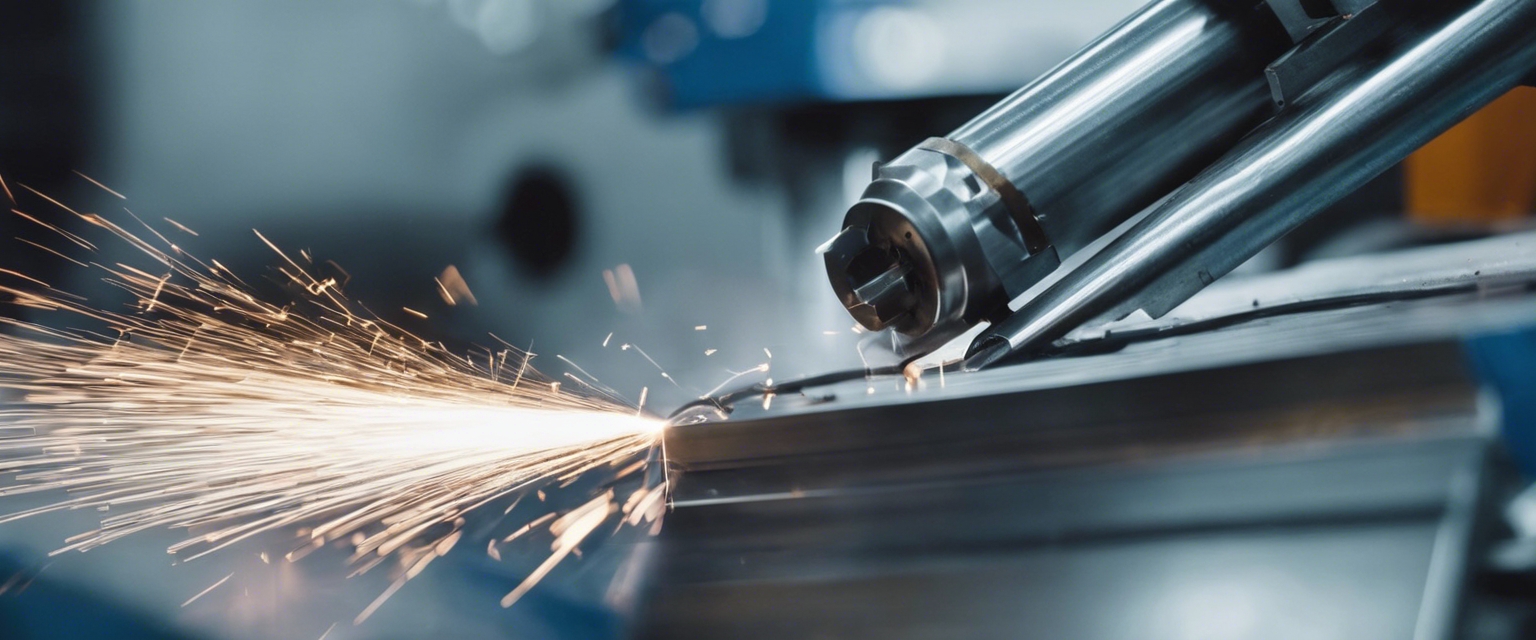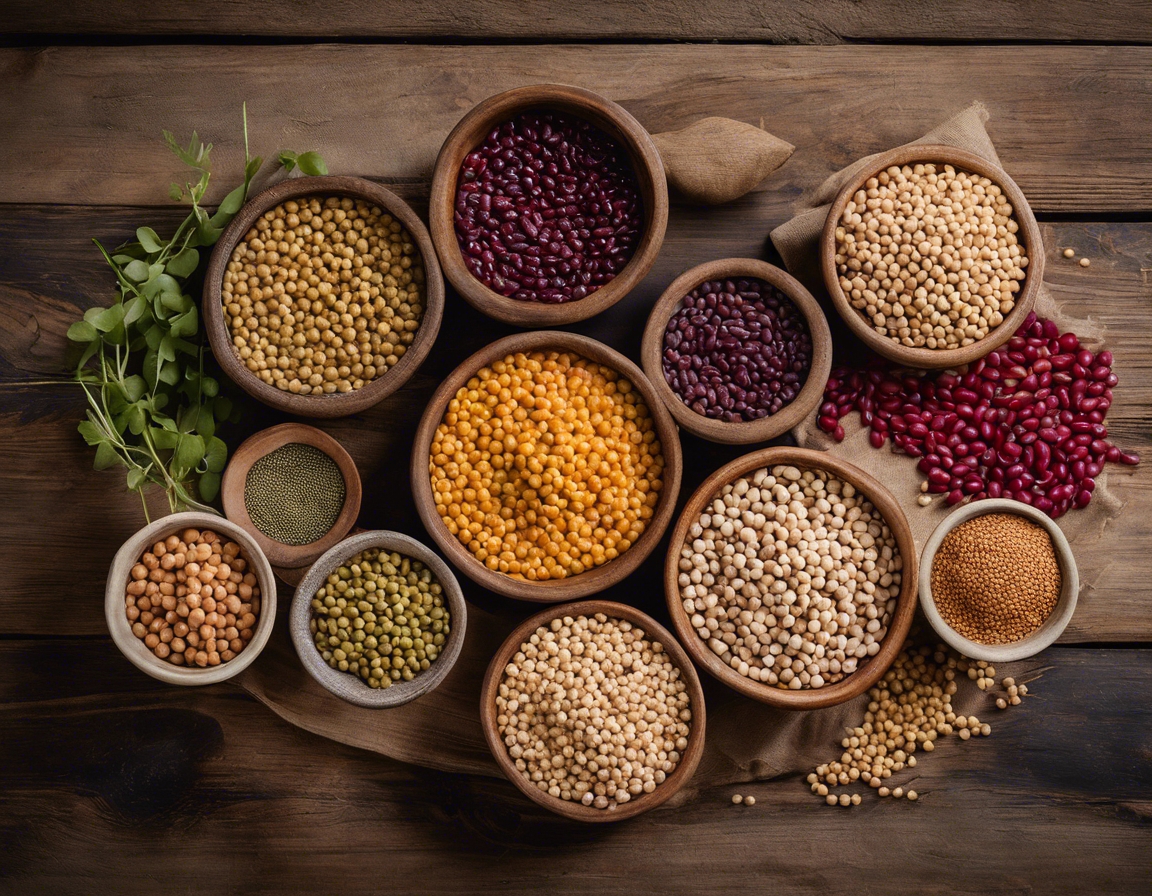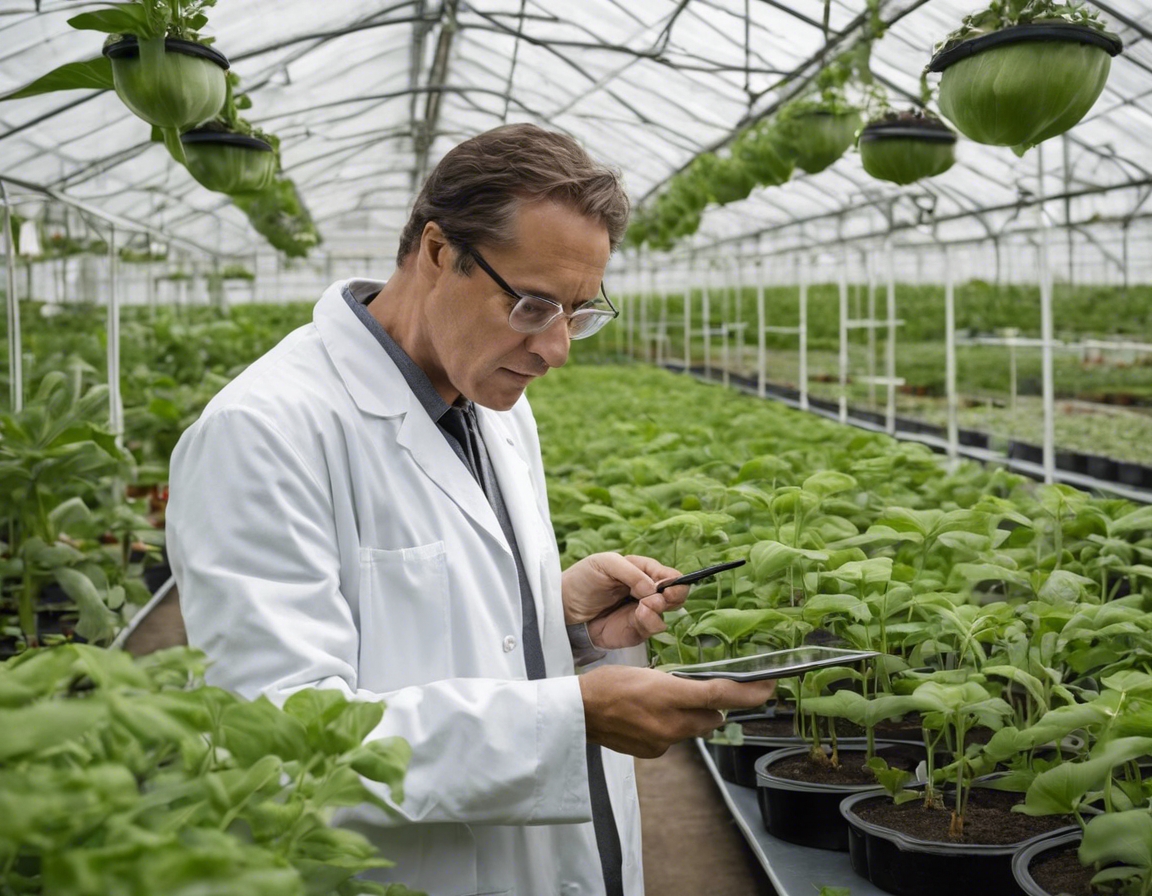From concept to reality: the power of 3d printing
3D printing, also known as additive manufacturing, is a process of creating three-dimensional objects from a digital file. The technology has evolved from rudimentary prototypes in the 1980s to sophisticated systems capable of producing complex parts with a variety of materials today.
Modern 3D printers offer unprecedented precision and versatility, enabling industries to fabricate parts that were once deemed impossible. With advancements in materials science and digital design tools, 3D printing is revolutionizing how we approach manufacturing and product development.
The 3D Printing Process
The journey from concept to reality begins with a digital design, often created using CAD (Computer-Aided Design) software. This allows for meticulous planning and iteration before any material is used.
Materials in 3D printing range from plastics to metals and composites, each offering unique properties that can be tailored to specific applications.
The 3D printer reads the digital design and lays down successive layers of material until the object is fully formed. This layer-by-layer approach is what sets 3D printing apart from traditional subtractive manufacturing methods.
Applications of 3D Printing in Various Industries
3D printing enables the production of complex geometries with reduced lead times, transforming the manufacturing landscape.
Engineers leverage 3D printing for rapid prototyping, functional testing, and creating custom tools and fixtures.
Innovative agricultural equipment and machinery parts can be designed and printed to address specific farming challenges.
The construction industry benefits from 3D printing through the creation of models, custom components, and even entire structures with novel materials.
Benefits of 3D Printing for Professionals and Businesses
3D printing excels at producing bespoke items and intricate designs that are difficult or impossible to achieve with traditional methods.
The technology significantly reduces the time from design to production, enabling faster iteration and time to market.
By minimizing material waste and reducing the need for multiple manufacturing processes, 3D printing can lower production costs.
3D printing's additive nature means less material waste, contributing to more sustainable manufacturing practices.
Challenges and Considerations in 3D Printing
While 3D printing is versatile, there are still constraints regarding size, strength, and precision that must be considered.
The ease of replicating designs with 3D printing raises questions about intellectual property rights and the protection of original designs.
As the technology becomes more prevalent, there is a growing need for skilled professionals who can design for and operate 3D printers.








Comments (0)